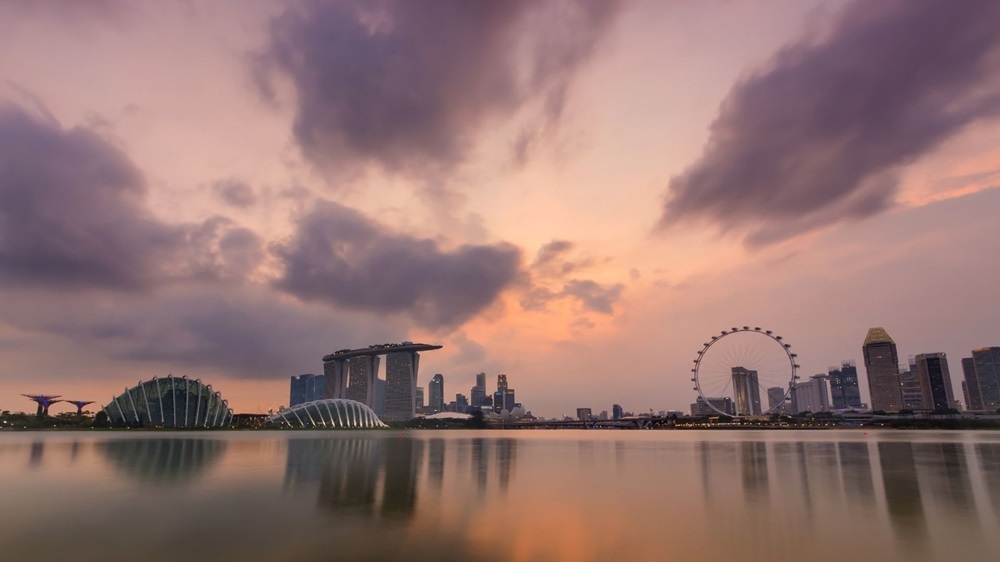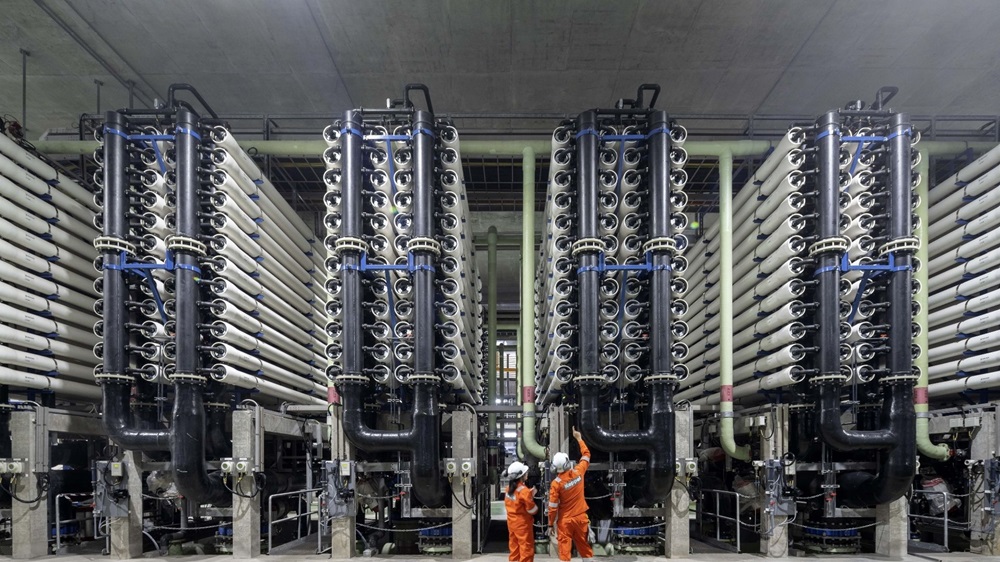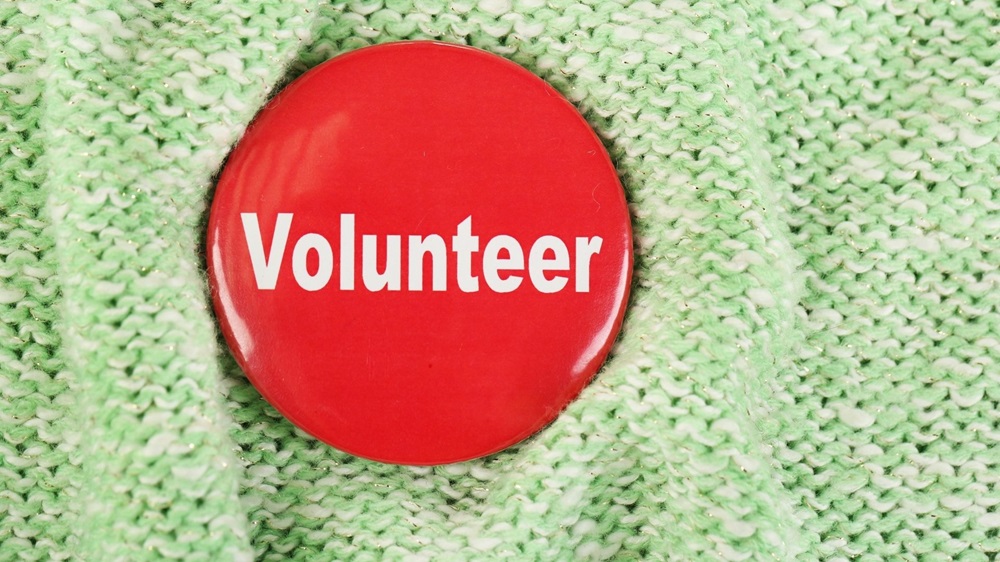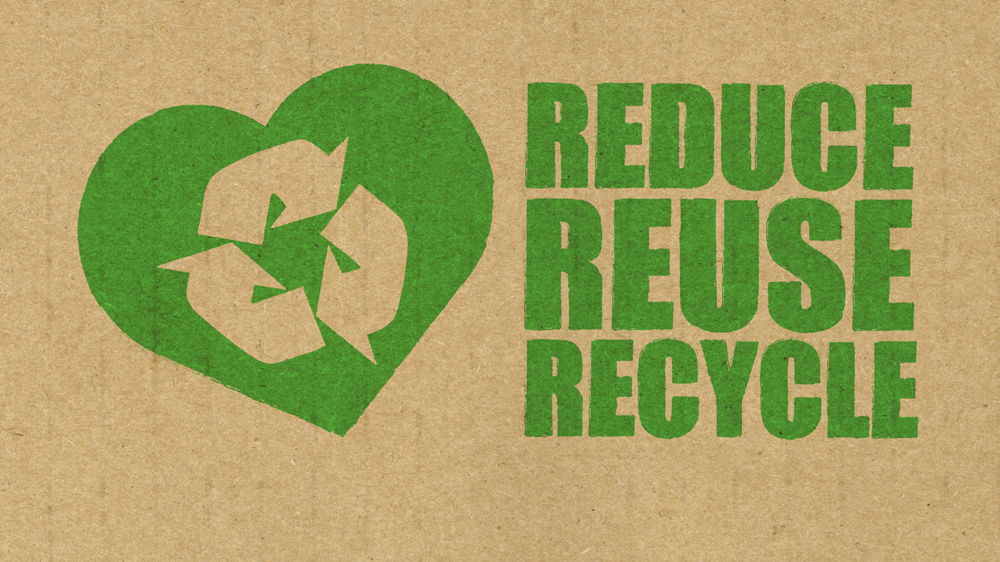
We've all heard this refrain many times. However, did you know that the 3Rs of waste management are listed in order of priority?
Reducing waste is the best option, with reusing products coming next. If the first 2 Rs are not possible, then recycle.
Reduce – the best of the 3Rs. The most effective way to manage waste is to not create it. Whether at home, at work or outside, be mindful of the ways that you can reduce consumption of water, electricity, plastic and paper.
Here are some simple ways you can get started: Water
Electricity
Plastic
Paper
|
Reuse – the second best R
. If you are thinking of throwing away an old item, stop first and consider ways you could reuse it. Reusing or repurposing items gives them a new lease of life, and prevents unnecessary wastage.
You've just finished your soda, and are thinking of throwing the empty plastic bottle away. While recycling is a good option, why not give the old plastic bottle a new lease of life as a watering can for your plants? Some other creative ways you can reuse old items:
|
Recycle – the last stage of the waste hierarchy is to recycle what you have used. While 60% of Singaporean households recycle regularly, according to a household recycling study in 2019, a significant proportion of respondents are mistaken about what items can be recycled. For example, 67% thought that soiled paper food packaging is recyclable, and 49% believed that tissue paper can be recycled.
However, both soiled food packaging and tissue paper have come into contact with contaminants like food waste and grease. A lot of tissue paper is also made from previously recycled paper – the fibres are too short and cannot be recycled. Thus, both items are not suitable for recycling and should be disposed of as general waste.
When recycling, remember to:
|
The Singapore Green Plan 2030 aims to advance Singapore’s national agenda on sustainable development. For more, click here.
Sources
We use cookies to tailor your browsing experience. By continuing to use Gov.sg, you accept our use of cookies. To decline cookies at any time, you may adjust your browser settings. Find out more about your cookie preferences here .
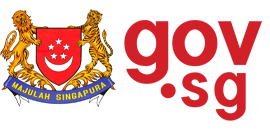
.svg?sfvrsn=a5a9c5f4_1)



